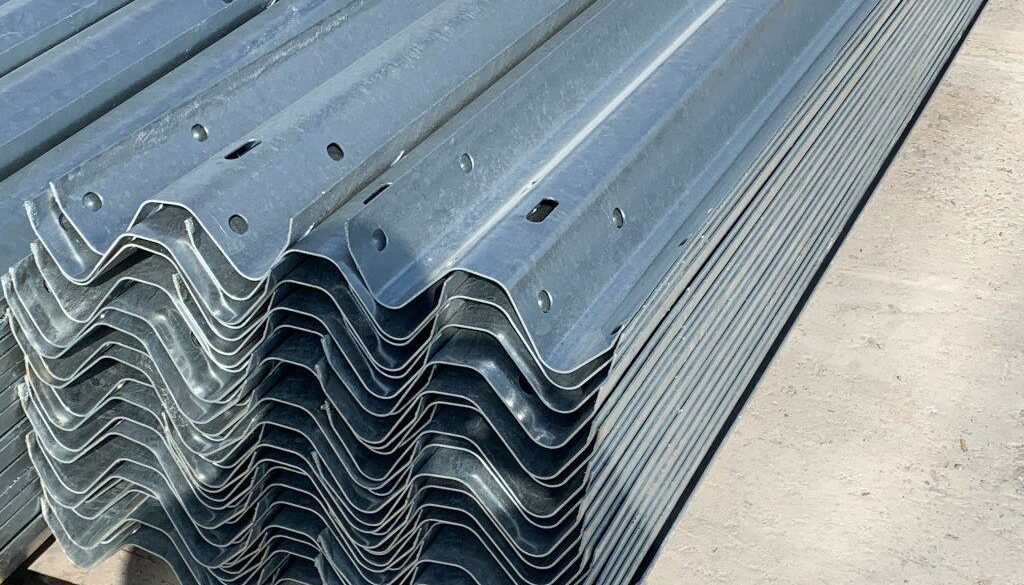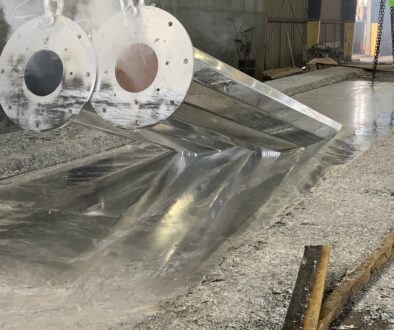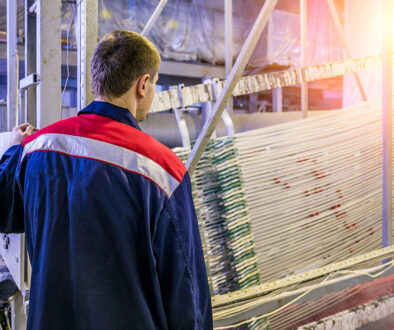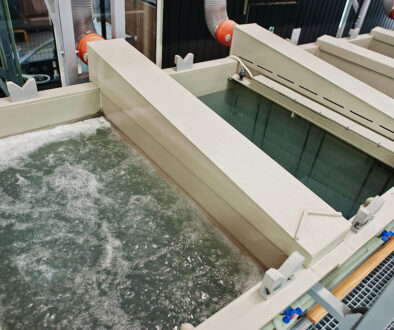How Does Galvanizing Protect Steel from Corrosion? All You Need to Know
Steel is one of the most commonly used materials in construction, manufacturing, and other industrial applications. However, one of the biggest drawbacks of using steel is its susceptibility to corrosion. This is why it’s important to know how galvanizing protects steel from corrosion.
Corrosion can cause significant damage to steel structures, leading to costly repairs and replacement. To prevent this, steel is often galvanized, a process that involves coating it with zinc.
We’ll take an in-depth look at how galvanizing protects steel from corrosion and the science behind it.
How Does Galvanizing Protect Steel from Corrosion?
To recap earlier articles, galvanizing is a process in which a layer of zinc is applied to steel or iron to protect it from corrosion. This is done by immersing the steel in a bath of molten zinc. The zinc coating provides a barrier between the steel and the surrounding environment, preventing corrosion from occurring.
If you want more information, you can review our outline of the galvanizing process.
To understand how galvanizing protects steel from corrosion, we need to first understand what causes corrosion.
What Causes Corrosion?
Corrosion is a natural process that occurs when metal reacts with its environment. In the case of steel, the most common cause of corrosion is exposure to oxygen and moisture.
When steel is exposed to oxygen and moisture, a chemical reaction occurs that forms iron oxide, also known as rust.
Rust weakens the steel and can eventually lead to structural failure. Galvanizing prevents this process by creating a barrier between the steel and the surrounding environment.
The zinc coating on galvanized steel acts as a sacrificial anode. This means that if the zinc coating is scratched or damaged, the zinc will corrode before the steel does. Zinc is more reactive than steel, which means it will corrode first. As a result, the zinc coating effectively “sacrifices” itself to protect the underlying steel.
This is how galvanizing protects steel from corrosion.
In addition to acting as a sacrificial anode, the zinc coating also provides a physical barrier between the steel and the surrounding environment. Zinc is a highly corrosion-resistant material, which means it is less likely to corrode than steel. This barrier prevents oxygen and moisture from coming into contact with the steel, which reduces the likelihood of corrosion occurring.
The Science Behind Galvanizing
No article on how galvanizing protects steel from corrosion is complete without examining what happens during the process.
The science behind galvanizing is based on the principles of electrochemistry. Electrochemistry is the study of the chemical reactions that occur between different types of materials when they are in contact with each other.
When steel is in contact with zinc, a process called galvanic corrosion occurs. Galvanic corrosion occurs when two dissimilar metals are in contact with each other in the presence of an electrolyte, such as water.
Because the zinc corrodes before the steel (which is a process called cathodic protection), it creates a small electrical current that flows between the two metals.
Zinc carbonate patina forms on the galvanized surface to further protect the zinc coating and underlying steel. Passivation is after galvanizing treatment during quenching to prevent wet storage stain.
Patina Development
The development of the “zinc patina” is characterized by stages in which the galvanized coating reacts with the environment to produce a layer of tightly adherent zinc carbonate. This patina development starts as soon as material is withdrawn from the molten zinc.
Zinc oxides form on the galvanized surface as the freshly galvanized coating reacts with oxygen from the atmosphere. As rain, dew, and other water sources fall onto the transforming surface, zinc hydroxides are formed on the coating.
As the weathering process and patina progress, these zinc oxides and zinc hydroxides further react with the carbon dioxide in the atmosphere to produce the fully developed, stable zinc carbonate patina.
This process generally takes over a year to complete and this fully developed patina further protects the galvanized coating from the environment. This in turn, increases coating life and hence increases the life of the steel structure.
South Atlantic: We’ve Got You Covered for Your Galvanizing Needs
We know all the answers to how galvanizing protects steel from corrosion. Our dedication to our customers means that we get your project done on time, and we communicate with you throughout the whole process, so there’s no question about what stage your project is in.
With a commitment to quality and adherence to ASTM guidelines, we provide exceptional services tailored to your specific needs.
Take the first step towards excellence and contact us today to experience the unmatched quality and service we are known for.





